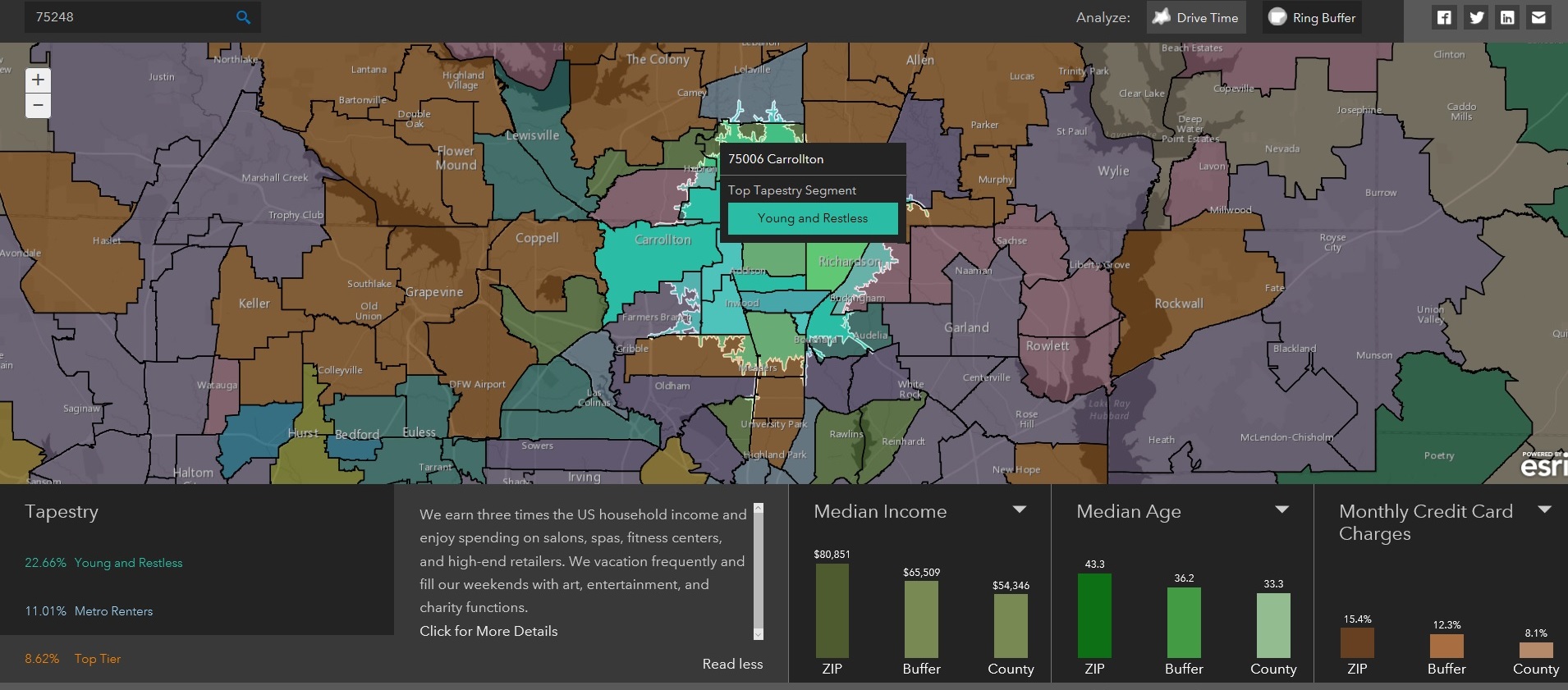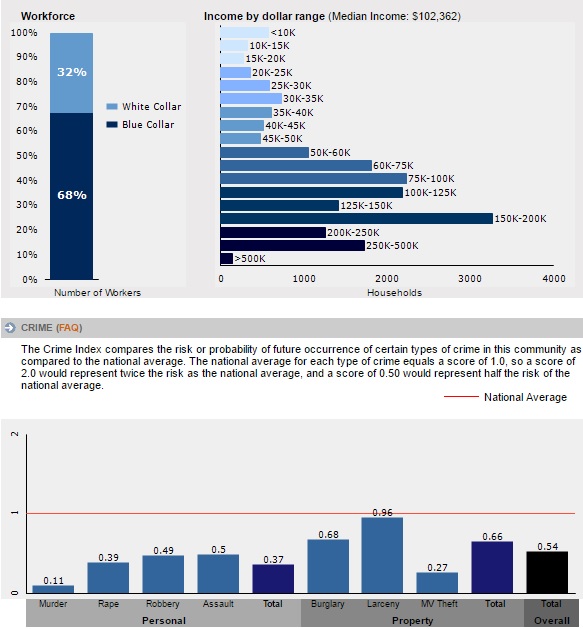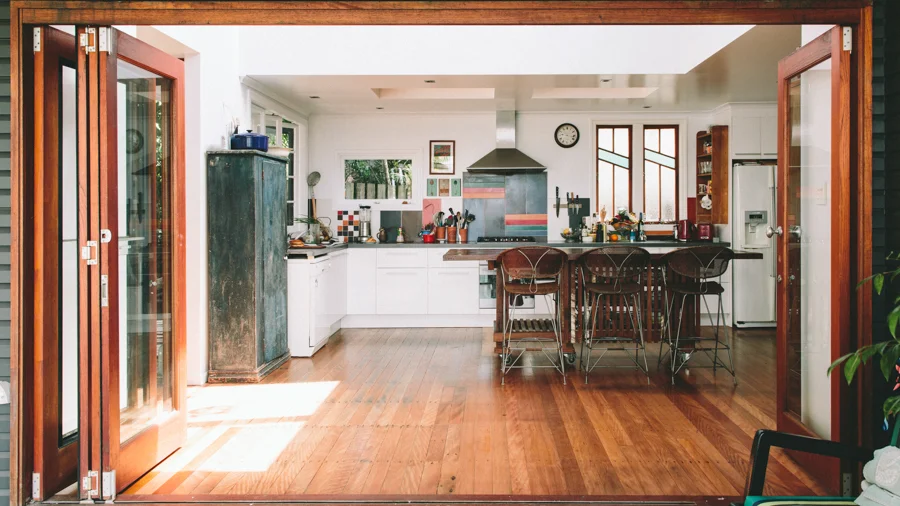Finding A Good Rental Area
/A good rental area is where tenants are plentiful and can afford the rent, and there is not an oversupply of rental housing. How do you find such an area?
Here are some important tips:
Jobs & Employers
1. First, look for an area where there are many employers to provide a steady base of employed tenants!
Avoid older homes
2. Avoid older homes. They tend to need more care for maintenance issues, such as plumbing, electrical, roof leaks, and worn-out appliances.
3. Avoid large lots or large homes with pools. A big lot requires big maintenance. Also, when it comes to resale value, you will find that a big lot will provide only marginal returns for your money.
4. Beware homes on busy streets! Proximity to high-traffic streets knocks down the value of the home. These houses may be attractive as rentals, but they can be difficult to resell later on.
Rental Values
5. Finally, check out the rental values within the region.
Source: Zillow








































